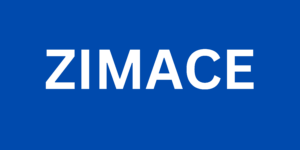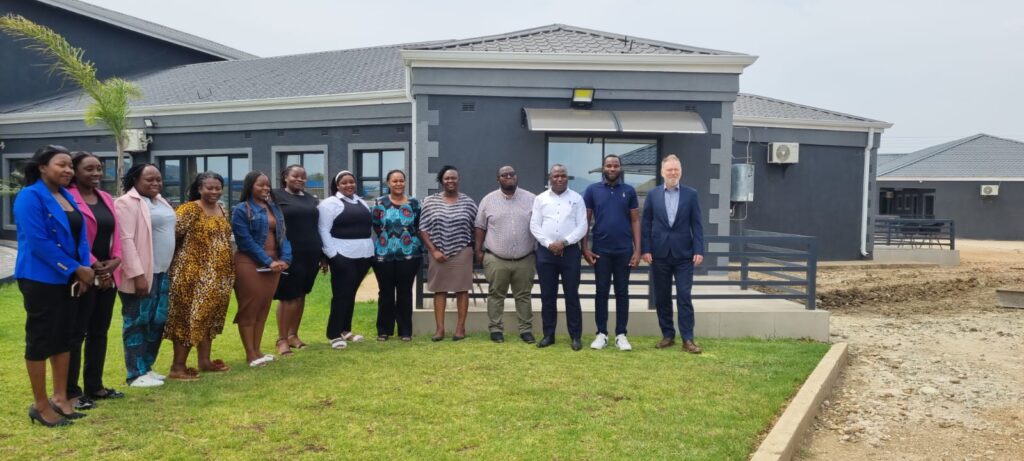
Purpose
The Zimbabwe Accountability and Citizen Engagement Programme (ZIMACE) project, titled “Strengthening Voices, Ensuring Accountability, and Improving Access to Health Rights and Quality Services for Women and Girls,” aimed to enhance access to health rights and services for women and girls in their diversity while strengthening their voice and agency. The PZ’s ZIMACE project team collaborated closely with local Health Centre Committees, the District Health Executive, other health-focused NGOs and partners at the district level, and the Provincial Health Executive and other provincial partners involved in supporting health programs. The project addressed immediate health access and rights challenges while contributing to broader national, regional, and international health agendas aimed at achieving equitable access to healthcare and improving health outcomes for all.
Target Population
Women and girls, community members, citizens interested in civic participation.
Masvingo – rural and urban health facilitie
Geographic Location

Key Strategies
The project targeted women and girls in the Masvingo district, both urban and rural. It operated in four urban clinics and thirteen rural clinics. The proposed intervention was implemented in the Masvingo district, encompassing both the provincial and district levels, with linkages between local communities, the district, and the provincial levels. The project leveraged the CLM and COMPASS partners in Masvingo.
- Enhance community engagement, women’s rights awareness, and trust-building.
- Increase the voice and participation of women and girls in health delivery issues.
- Foster multi-stakeholder engagement on health service delivery and rights realization for women and girls in Masvingo.
- Increase accountability in service delivery for women and girls, including those with disabilities and key populations, to improve service quality and the range of services available locally.
- Increase local and national advocacy on health financing and resource allocation.
Community Led Monitoring:
Community-Led Monitoring (CLM) model is a participatory approach to monitor and evaluate HIV/AIDS and health programs at the community level. It empowers communities to take ownership of their health programs by actively engaging in the monitoring process and providing feedback on the effectiveness and impact of interventions. The CLM model is designed to promote community ownership, participation, and accountability in HIV/AIDS programs, ultimately leading to more effective and sustainable interventions that address the needs of those affected by the epidemic. CLM initially focused on HIV/AIDS treatment but now has expanded to include broader health delivery issues. CLM empower patients and communities to seek out treatment services, increase health literacy, expand engagement with health service delivery, support demand creation, and demand accountability from the health system to improve and deliver these services. Women and girls are important and integral part of CLM as they make the significant portion of patients through their observed health seeking behaviours.
Major Activities
- Enhanced participation, voice, and agency of women and girls, including those with disabilities and key populations, in health-related matters, leading to reduced waiting periods at project health facilities and improved client experiences.
- Collaborative and functional multi-level, multi-stakeholder platforms that bridged the gap between service providers and citizens (women and girls) to enhance responsiveness and accountability in health service delivery.
- Improved service quality at local health centres through increased social accountability.
Outcomes
Incorporation of CHRCs into HCCs: Successfully lobbied for all 18 Community Health Rights Champions (CHRCs) to be incorporated into Health Centre Committees (HCCs), despite initial resistance in male-dominated rural clinics. As full members, CHRCs are now influencing agenda items, raising women and girls’ health rights issues, and ensuring these are addressed by HCCs.
Improved inclusivity in health governance: Representation of women in HCCs improved from 44% at baseline to 56%, youth and persons with disabilities from 22% to 66%, and women in HCC leadership roles (Chairperson and Vice Chairperson positions) increased from 31% to 39%. All 14 rural HCCs now also include representatives from the education sector, traditional healers, and religious groups.
Strengthened functionality of HCCs: Membership across 18 HCCs increased from 156 members to 200 members, averaging 11 members per clinic. HCC members were trained on roles, safeguarding, resource mobilization, and effective meeting management. Supportive supervision and refresher trainings improved their capacity to function as community health governance structures.
Enhanced local resource mobilization: 11 HCCs initiated local initiatives such as fundraising for clinic guards, purchasing electricity coupons, renovating mother waiting shelters, and constructing toilets. These initiatives were verified by the project team during monitoring visits.
Community outreach through “Know Your Health Rights” campaign: Reached 24,716 women and girls (5,655 girls, 5,157 young women, 7,278 older young women, 5,320 middle-aged women, 1,306 older women) across 14 rural and 4 urban communities. CHRCs sensitized them on health rights, available services, and accountability mechanisms.
Strengthened feedback and accountability mechanisms: Improved from 78% at baseline to 100% across all 18 clinics. Suggestion boxes are now functional and regularly used, with patients actively engaging Nurses in Charge when dissatisfied. CHRCs provide an alternative channel for feedback and ensure issues raised by women and girls are brought back to the community.
Improved service quality monitoring: Conducted a Client Satisfaction Survey with an average score of 69.67% and Health Scorecards scoring 91% in February 2025. These now serve as baseline benchmarks for tracking improvements.
Policy and advocacy influence: A survey of women and girls’ health funding priorities was compiled and presented during the 2024 National Budget Consultations, receiving strong support from parliamentarians.
District Task Team (DTT) revitalization: Established and capacitated a new DTT with three Work Improvement Teams addressing STIs, home deliveries, and late ANC bookings. A mass campaign in hotspot areas reached 832 people (677 females, 155 males).
Recognition of CHRCs at multiple levels: CHRCs are now invited to speak at district, community, and national events, including the Masvingo Health Symposium, DAWA’s mystery service provider sessions, and village head meetings. This recognition has strengthened accountability between citizens and duty bearers.
Provincial-level engagement: The Program Manager presented at the Provincial Health Executive meeting in November 2024, strengthening visibility and securing strong support from the Provincial Medical Director.
Strategic partnerships and collaboration: Worked closely with ZIMACE partners (LRF, WCoZ, ZIMCODD, Transparency International) and government stakeholders. Activities included referrals for undocumented women and girls, joint radio sessions, participation in workshops and national forums, and cross-learning events.
Inclusion of marginalised groups: CHRC recruitment deliberately included female sex workers and women living with HIV, strengthening outreach through peer education. Nursing mothers were supported with childcare during trainings to ensure equity and inclusion.
Cross-learning with Community-Led Monitoring (CLM) partners: Held two CLM coordination meetings in Masvingo, collaborating with local CLM cadres and partners to align accountability efforts.
- Radio Interview: Click Here.




